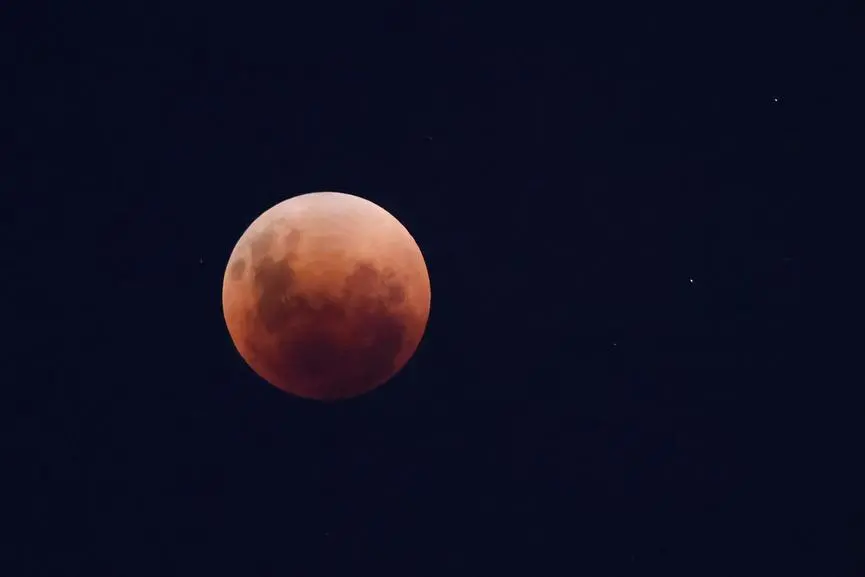PHOTO
“A lunar eclipse occurs when the Sun, Earth, and Moon align so that the Moon passes into Earth’s shadow. In a total lunar eclipse, the entire Moon falls within the darkest part of Earth’s shadow, called the umbra. When the Moon is within the umbra, it will turn a reddish hue. Lunar eclipses are sometimes called ‘Blood Moons’ because of this phenomenon,” National Aeronautics and Space Administration said about the celestial event.
This will be the last total lunar eclipse for the next three years. The next occurring will be on March 14, 2025.
Totality – the stage of the eclipse where the Moon is entirely in Earth’s shadow – will be visible in Asia, Australia, and New Zealand, across North and Central America, Ecuador, Colombia, and western portions of Venezuela and Peru. In Puerto Rico, the Moon sets just after totality begins. In Alaska and Hawaii, viewers will have the opportunity to see every stage of the eclipse.
According to the US space agency, people don’t need any special equipment to observe a lunar eclipse, although binoculars or a telescope will enhance the view and the red colour. A dark environment away from bright lights makes for the best viewing conditions.
According to Nasa, the partial eclipse begins at 4.10 am (EST), with totality from 5.17am (EST) to 6.42am. Partial eclipse ends after the Moon sets.
Copyright © 2022 Khaleej Times. All Rights Reserved. Provided by SyndiGate Media Inc. (Syndigate.info).























